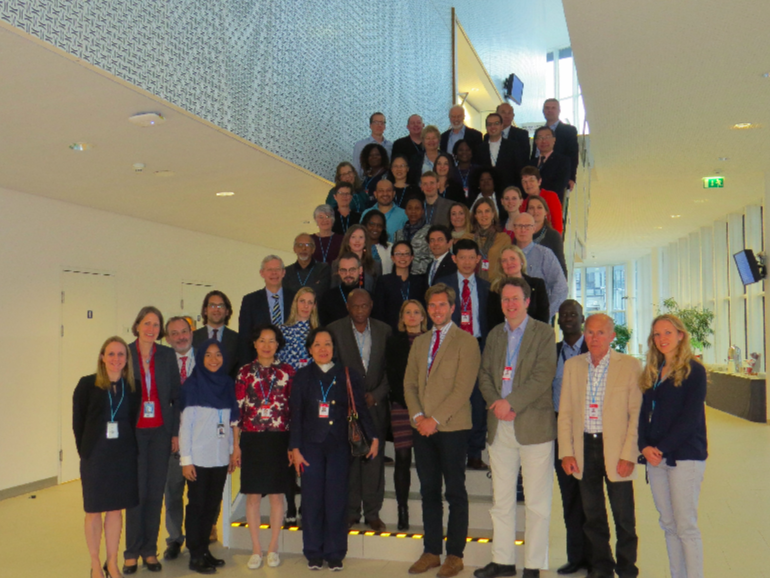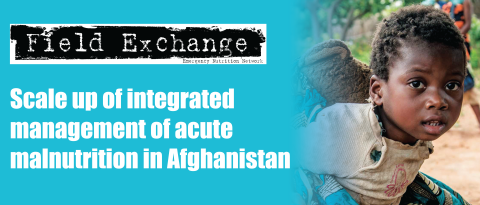Joint IAEA-WHO-UNICEF workshop on biological pathways to better understand the double burden of malnutrition
While stunting and wasting are still important public health problems in low and middle-income countries, rapid nutrition and epidemiologic transitions have led to increased rates of obesity and associated non-communicable diseases (NCDs). This double burden of malnutrition exists at national, household and individual levels. There is need for integrated nutrition actions – the “double-duty actions for nutrition”1 – tailored to address several forms of malnutrition. Isotope techniques can complement routine methods by accurately measuring body fatness and breastfeeding practices. Therefore, the International Atomic Energy Agency (IAEA) jointly with the World Health Organization (WHO) and the United Nations Children’s Fund (UNICEF) organised a workshop on the analysis of biological pathways to better understand the double burden of malnutrition and to inform action planning.
Fifty participants from United Nations (UN) Organisations (WHO, UNICEF, IAEA and the Food and Agricultural Organization (FAO)), academia, policy, ministries of health and non-governmental organisations (NGOs) met in Vienna from 3-5 October 2017 to discuss the double burden of malnutrition, its epidemiology, the biological pathways that drive it and how policy and interventions can be framed to address the phenomenon. The role of nuclear techniques in understanding the biological pathways and in assessing the impact of interventions was emphasised.

The main target areas for interventions were identified as baby-friendly initiatives2 (e.g. in hospitals), promotion of healthy feeding and physical activity in pre-school and school environments, supporting healthy living and breastfeeding at workplaces, and engaging with food sectors to promote healthier options. Stable isotope techniques will become increasingly important in providing accurate evidence to enable the design and evaluation of such interventions, especially those related to infant and young child feeding (IYCF), physical activity and body composition, and the evaluation of diet quality. The workshop focused on bridging from biology to context-relevant interventions and considerations for policy.
Workshop participants agreed that, although the biological mechanisms contributing to the double burden of malnutrition are not yet fully understood, sufficient evidence is available to implement interventions addressing the problem. Participants identified knowledge gaps to be addressed in order to improve the understanding of the multiple factors contributing to the double burden of malnutrition and ensure effective double-duty actions. These include: to improve understanding of the biological pathways linking early nutrition to later risk of NCDs; communicate biological evidence in plain language to ensure successful translation and integration into nutrition interventions; and to integrate multiple sectors (e.g. health, agricultural, environmental, education and trade) in nutrition actions and policies to respond to the complex causes of the double burden of malnutrition. Finally, it was emphasised that current assessment methods are not adequately addressing the double burden of malnutrition, either at individual or at population level.
Endnotes
1Double-duty actions include interventions, programmes and policies that have the potential to simultaneously reduce the risk or burden of both undernutrition and overweight, obesity or diet-related NCDs. www.who.int/nutrition/publications/double-duty-actions-nutrition-policybrief/en


